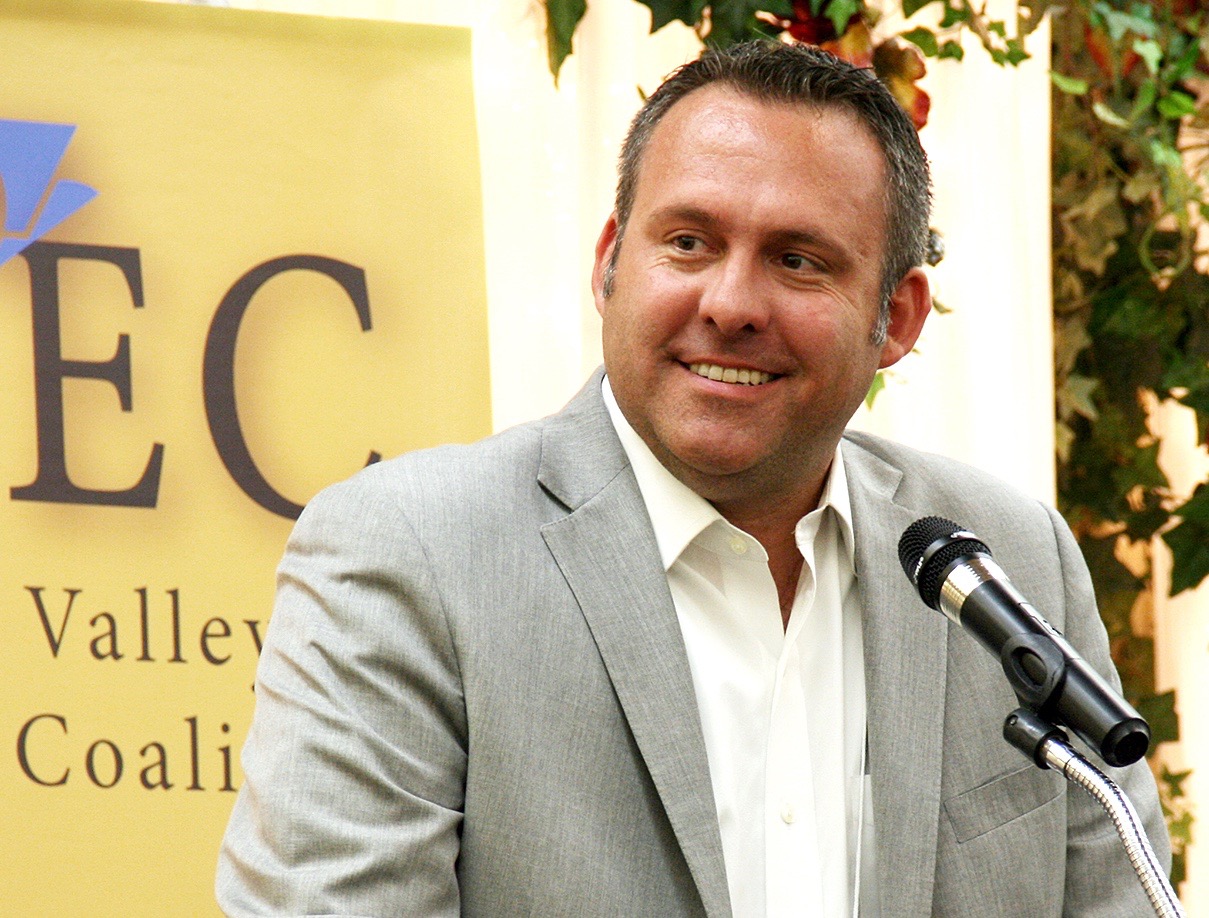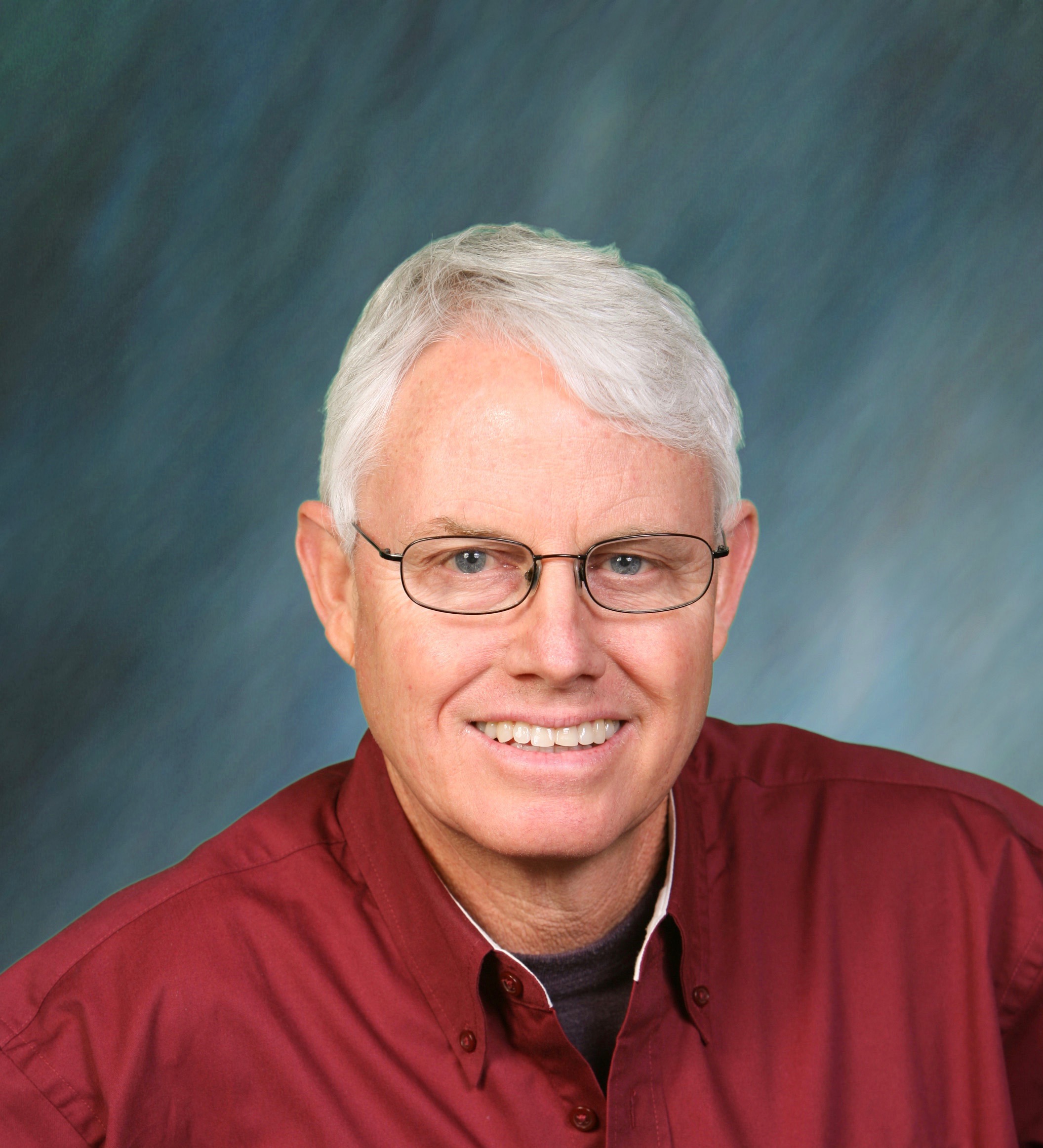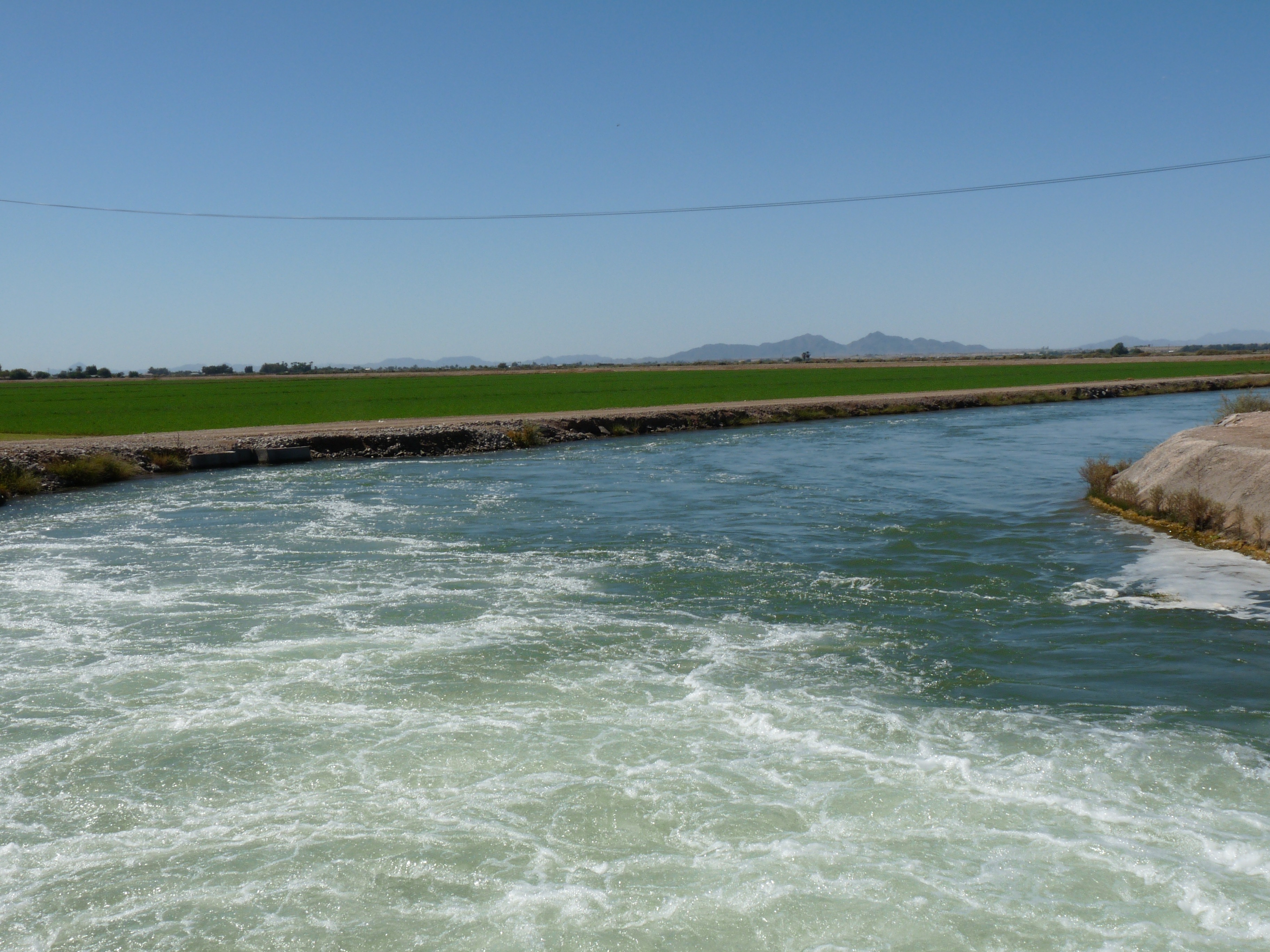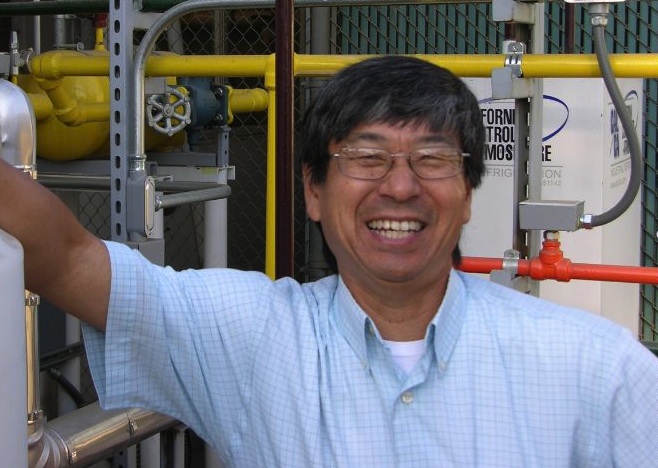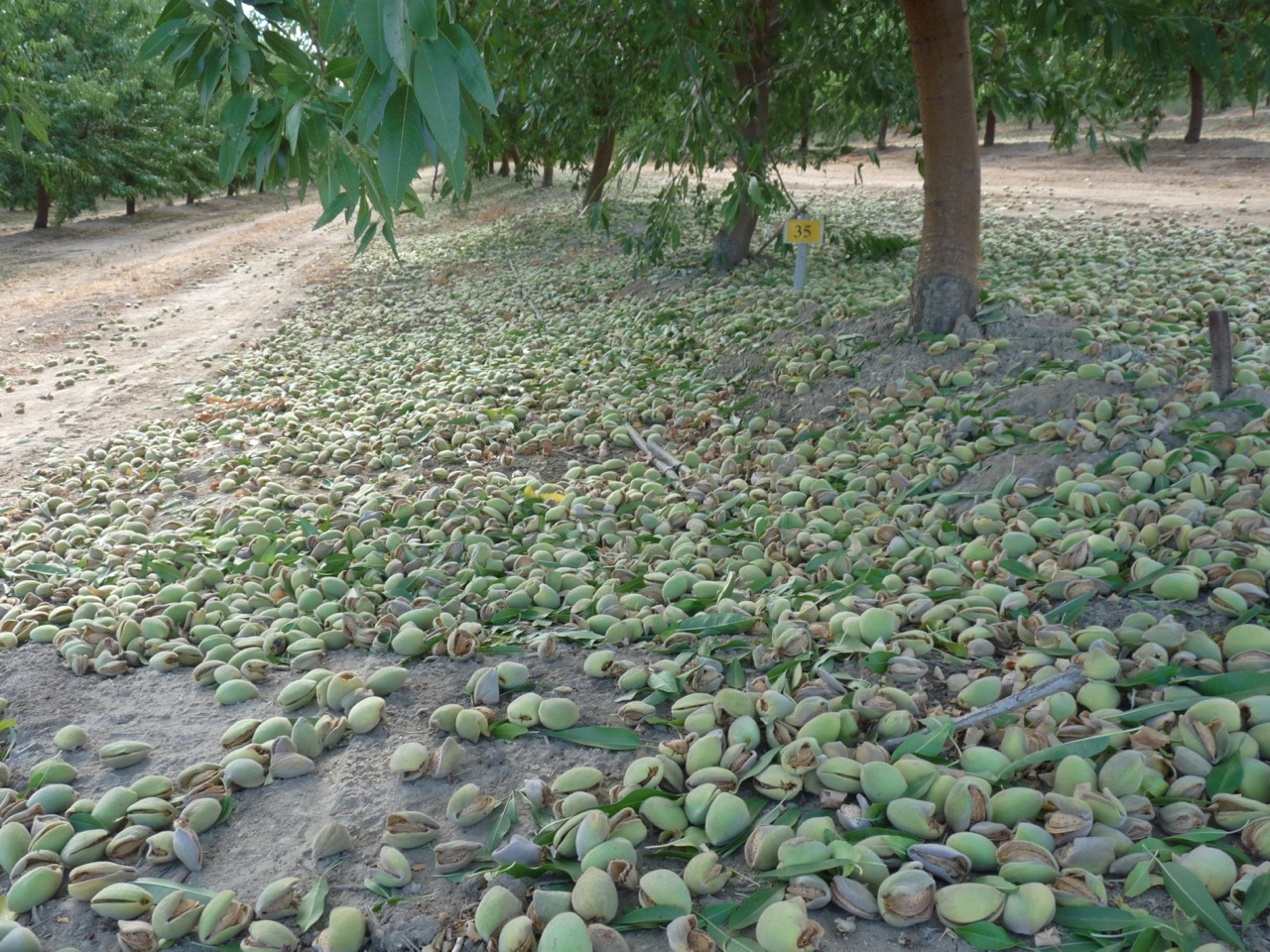Assemblyman Adam Gray: Need Real Changes for Water Future
Everything is On Table For California’s Water Future
By Patrick Cavanaugh, Farm News Director
Now is the time to unite and plan California’s water infrastructure. That’s what Adam Gray told California Ag Today recently. Gray is the California State Assembly representing the 21st Assembly District, Merced and Stanislaus Counties. He said there is an urgent need for unification in regards to California’s water and the need for real changes to be made for future generations.
“It’s that famous quote, ‘Water’s for fighting. Whiskey’s for drinking.’ All we do is spend our time fighting, and we cannot continue to divide the pie. We have to grow the pie. That means targeted, intelligent investments in storage, projects like Temperance Flat, projects like Sites Reservoir,” Gray explained.
It is hoped that these reservoirs get California through years of drought, and will help us utilize water and years of heavy rain.
“It also means recycling, groundwater recharge, desal, and it means communities working together to make sure we have the conveyance systems in place to move that water around and meet the need of every Californian, and stop forcing people into false choices,” Gray said.
“The environment versus drinking water for schools. These are false choices. We can do better, we can do more,” he continued.
“We, as Californians, need to look past the short term into the long term. It’s important to look out for future generations and keep their needs in mind, as well,” Gray said.
“There’s no silver bullet solution, as is true with anything. There are always costs of doing business, there are always compromises to be made, if we can agree on the target.” he noted. “And the target being meeting the needs of not just of this generation, not just today, but of our children’s generation and our grand-children’s.”
“We need to make the same smart, significant investments that our grandparents made to provide us with this great economy that we have here in this great agricultural valley,” Gray said.

